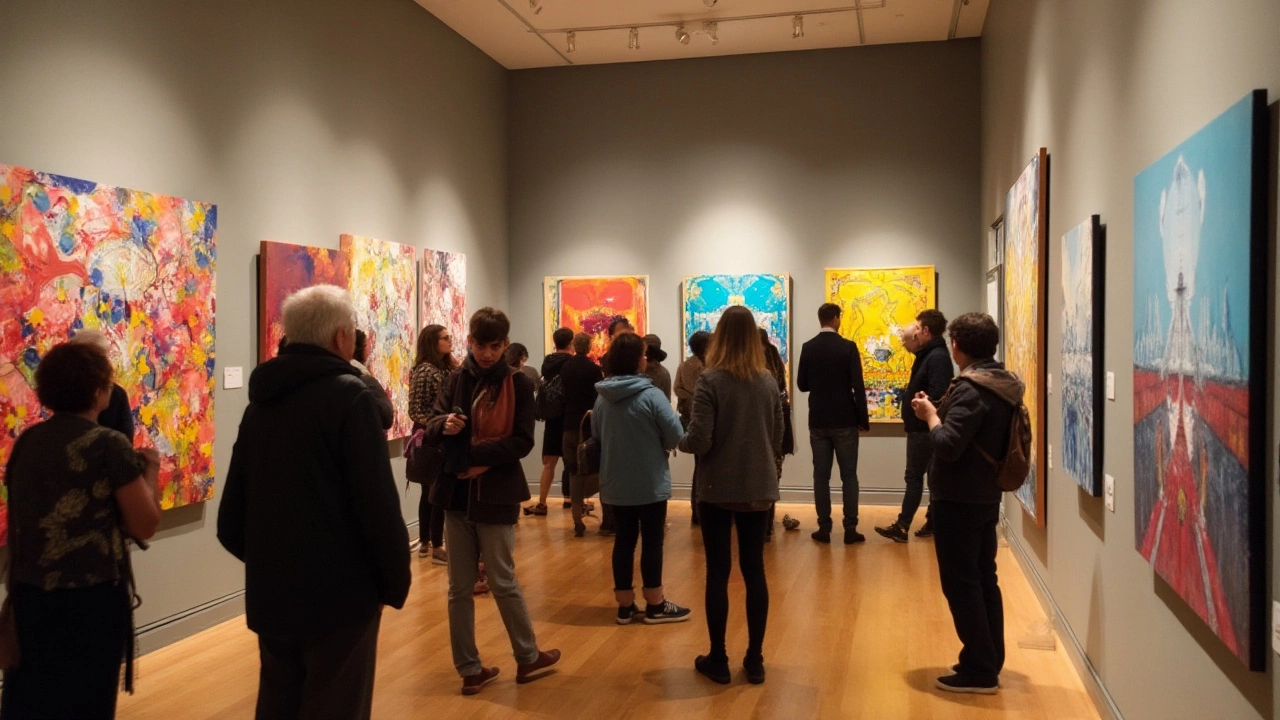Artistic Freedom – How to Keep Your Creative Spirit Unleashed
Ever felt boxed in by rules, trends, or client demands? That’s the opposite of artistic freedom – the space where your ideas can roam without limits. When you give yourself permission to experiment, mistakes become chances to learn, and new styles start to emerge. This page shows why freedom matters and gives you easy, everyday ways to protect it.
Why Artistic Freedom Matters
First off, freedom sparks innovation. Look at the artists who broke the mold with abstract painting or AI‑generated art – they all began by ignoring the "shoulds" and following a gut feeling. When you can paint a wet, tacky layer and still fix it later, like in oil‑painting repair tricks, you learn that a mistake isn’t a dead end. That confidence pushes you to try bold colour mixes for landscape scenes or sculpt with cheap, unexpected materials.
Second, freedom fuels personal growth. Portrait painters who charge fair prices in the UK often talk about how each commission teaches a new technique. The same goes for sketching before watercolor; the habit builds muscle memory that later lets you skip the sketch and dive straight into colour. By staying open, you collect a toolbox of habits that keep your work fresh.
Lastly, artistic freedom connects you to audiences. People love work that feels honest – whether it’s a gritty abstract piece that tells a story or a digital illustration that flips a traditional drawing into a vibrant screen‑ready image. When you trust your voice, viewers sense that authenticity and respond more strongly.
Practical Ways to Boost Your Creative Independence
1. Set Small Experiments. Pick a technique you’ve never used – maybe glazing in oil or a cheap sculpture material like recycled plastic. Give yourself a deadline of a weekend, then see what happens. The goal isn’t perfection; it’s learning what works for you.
2. Keep a “Free‑Idea” Journal. Whenever a wild concept pops up – a new colour palette for a landscape, a portrait idea that focuses on eyes, or a sketch‑to‑digital workflow – jot it down. Review the list monthly and turn at least one idea into a finished piece.
3. Limit External Opinions. Share your work with a trusted few, but avoid endless feedback loops that stall progress. When you’re stuck, step back, make a quick version, and compare. You’ll notice which suggestions truly improve the piece.
4. Learn From Mistakes. The oil‑painting repair guide shows you how to fix smudges, wrong colours, or dry layers. Apply the same mindset to any medium – if a composition feels off, tear it up and rebuild from a fresh angle.
5. Mix Mediums. Try combining digital art tools with hand‑drawn sketches, or add a splash of watercolor over a charcoal drawing. Cross‑pollinating styles keeps your work unpredictable and bold.
6. Know Your Rights. If you’re selling prints, understand what makes a signed print valuable. Knowing the market lets you price yourself fairly and protect the integrity of your creations.
7. Stay Curious. Read about the first song ever recorded or the cheapest sculpting materials. Curiosity fuels new connections – a music rhythm might inspire a visual pattern, a low‑budget material might spark a whole new series.
Remember, artistic freedom isn’t a one‑time achievement; it’s a daily habit. By carving out time for experiments, protecting your ideas, and learning from each project, you create a workflow that feels like play, not pressure. Keep questioning the “shoulds,” celebrate the “what ifs,” and watch your art evolve in ways you never imagined.

5 Dec 2024
Abstract art is a vibrant expression that breaks away from traditional representation. While it appears formless, some fundamental principles guide its creation, ensuring coherence and expressiveness. This article delves into whether rules exist in abstract art, examining how artists balance structure with creativity. Readers will uncover valuable insights for understanding and appreciating abstract artworks.
Continue reading...
